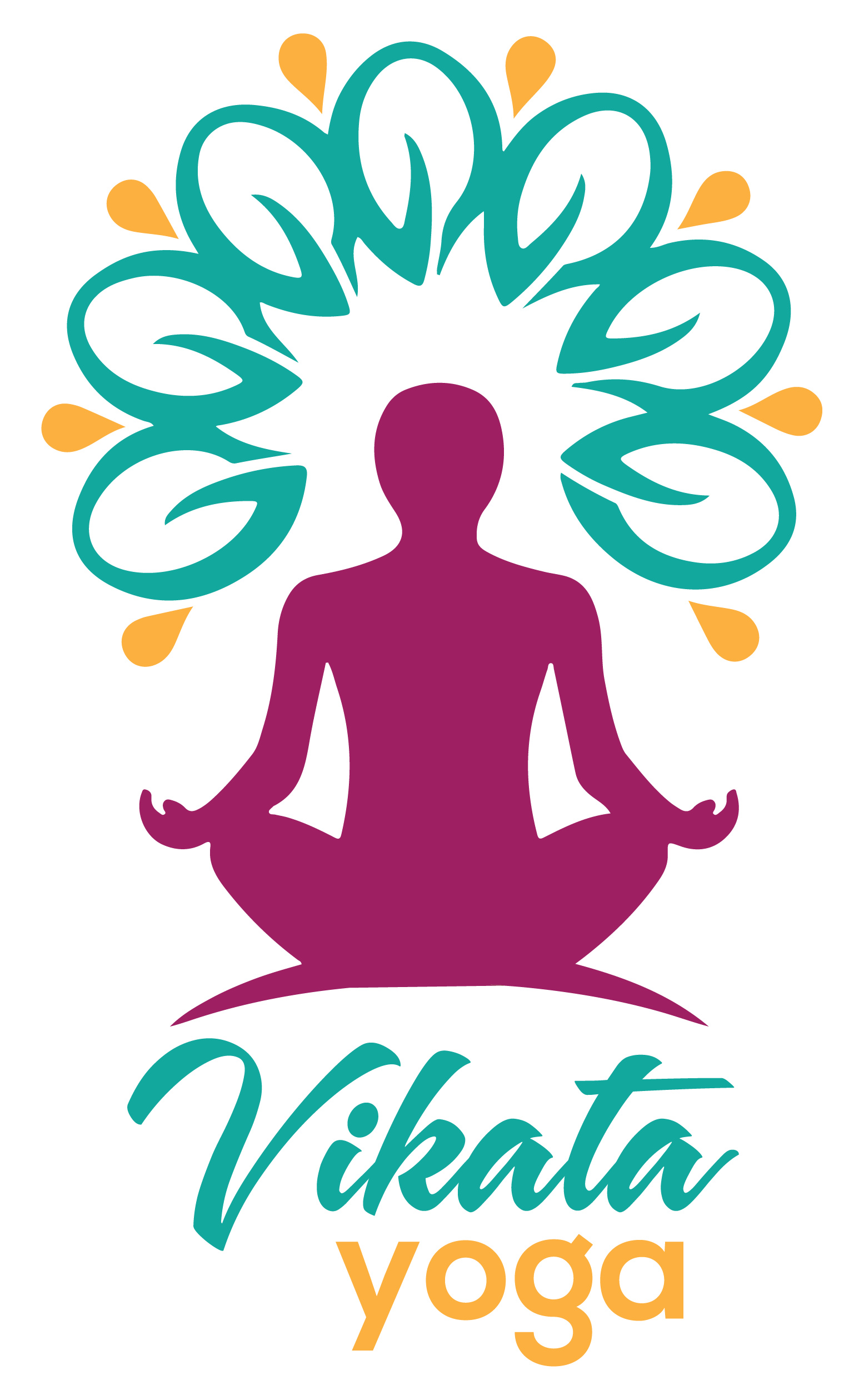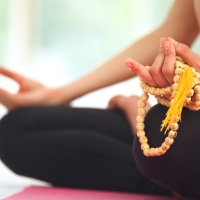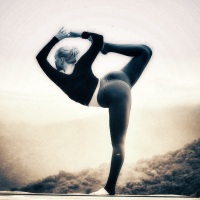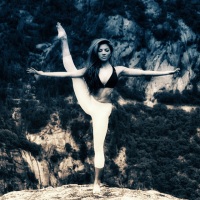I have a lot of fears, and I’m not ashamed to admit them. I’m afraid of losing people that I love. I’m scared of wide-open heights. I am deathly afraid of moths. And I used to be very frightened of Handstands.
I used to love to practice a kind of yoga where Handstands (and other inversions) were a designated part of every class. The time would come when the teacher would ask us to partner up or move our mats to the wall, and I would inevitably excuse myself to the bathroom. If I had to stay, or came back too early, I would practice “L” pose or legs up the wall. Maybe, if I were feeling spunky, I would attempt a few half-hearted donkey kicks.
But I never tried to kick up. I was too afraid.
What of, what if, you ask?
Handstand. The answer was Handstand. I was afraid of actually achieving the pose. It was too scary to think of: Being upside down, balancing only on my hands, feet somewhere in space, hips over shoulders.
“I’m a yogi, not an acrobat,” I told myself. “I don’t need to do a Handstand.”
But that excuse wore thin. Because, while true, it wasn’t why I abstained. It was my fear.
Maybe you also have a fear of Handstand. Perhaps it looks like:
Fearing falling on your face.
Believing you’re not strong enough.
Feeling if you succeed, you’ll immediately fall.
Freaking out and being disoriented while upside down.
Thinking you’re too big, too heavy, or too uncoordinated.
These seem completely reasonable, right?
Wrong—they’re all completely false. Not one of these is true. They are fears that your mind has blown up and tried to trick you into believing are truths to protect you from something that scares you. This is an evolutionary tactic and is a good defense mechanism for a lot of things: Running from bears, staying away from dark alleys, not ingesting poison. When your brain tells you to stay away from those things, listen! But when it tells you that you’re going to break your neck from trying a Handstand, tell your brain: “Hey, brain! You’re so awesome. Thanks for loving me, and wanting me to survive. But I’m not—we’re not—going to die from this. Go take five.”
Here are five ways to work through your fears and finally nail your kickass Handstand.
1. Figure Out Your Specific Fear
These are going to be different for each of us, but they will be specific. Facing Handstand is not a case of generalized existential dread. Is your fear one of the above that we discussed, or is it something different? Did you have a previous bad experience with inversions? Whatever it is, isolate it. Once you do this, you can figure out a plan for dealing with it.
2. Work Through It
Now that you’ve isolated your fear (or fears), you can work through it. I like to imagine the worst-case scenario. Why? Because it probably won’t happen. And if it does… Is it so bad? For example, if the biggest fear we have is of falling—what’s the worst-case scenario? The only deaths from Handstand I could find in a search were accidents where people were attempting to do them on balconies or cliffs. That is not recommended. Can you injure yourself? Yes. So be careful, be with a teacher, and don’t rush—but those are rules for every asana.
3. Share
Tell your teacher that you are working through some fears with Handstands. (Note: if they aren’t supportive of you, run—don’t walk—out of their class. They’re not going to be able to skillfully help you through this, and I’d venture that they’re not going to be supportive of you in other poses, either.) A teacher should be more than happy to assist you—through vocal cues, mental and emotional support, and physical assists—to set you up for success. If you’re feeling confident enough to work with a partner, do the same. Always only work with someone who you feel comfortable with and who takes your fears seriously.
4. Dance With Handstand
A teacher once told me that the only way to stick Handstand was to stop fighting it and start to dance with it.
What does that mean?
She said that when we are trying to kick up, we are usually too aggressive. We waste our energy and get frustrated and even mad trying to kick, kick, kick. We need to relax into the pose. We need to look down in between our hands and imagine our favorite person’s face: How does that make us feel? Happy. Secure. Loved. That is the place from where we start to move into Handstand. With joy. Feeling secure. Feeling love.
All of our poses—especially Handstand—are a dance between our bodies, our breath, and our minds.
5. Believe in Yourself
It may take days. It may take months. For me, it took 12 years. Yes: 12. Years. And when I stuck it, I wasn’t trying to: I was playing. I was showing my husband how to kick up and get his hips over his shoulders. I was calm, I was rested, and I was thinking of how much I loved him for trying so hard (because he was doing the kick, kick, kicking). And suddenly—I was UP. In Handstand! I was so shocked I almost fell over. But I remembered my alignment cues: I pressed down through my index-finger knuckles. I made my fingertips into brake pads. I hugged my arms in and up and softened my shoulders. Belly in, tushy up. “Flointed” (My term for flexed and pointed) feet. Softness and engagement.
It was a dance: A balance between strength and flexibility.
That is what Handstand is. That is what life is. That is what facing your fear is.
You got this.












